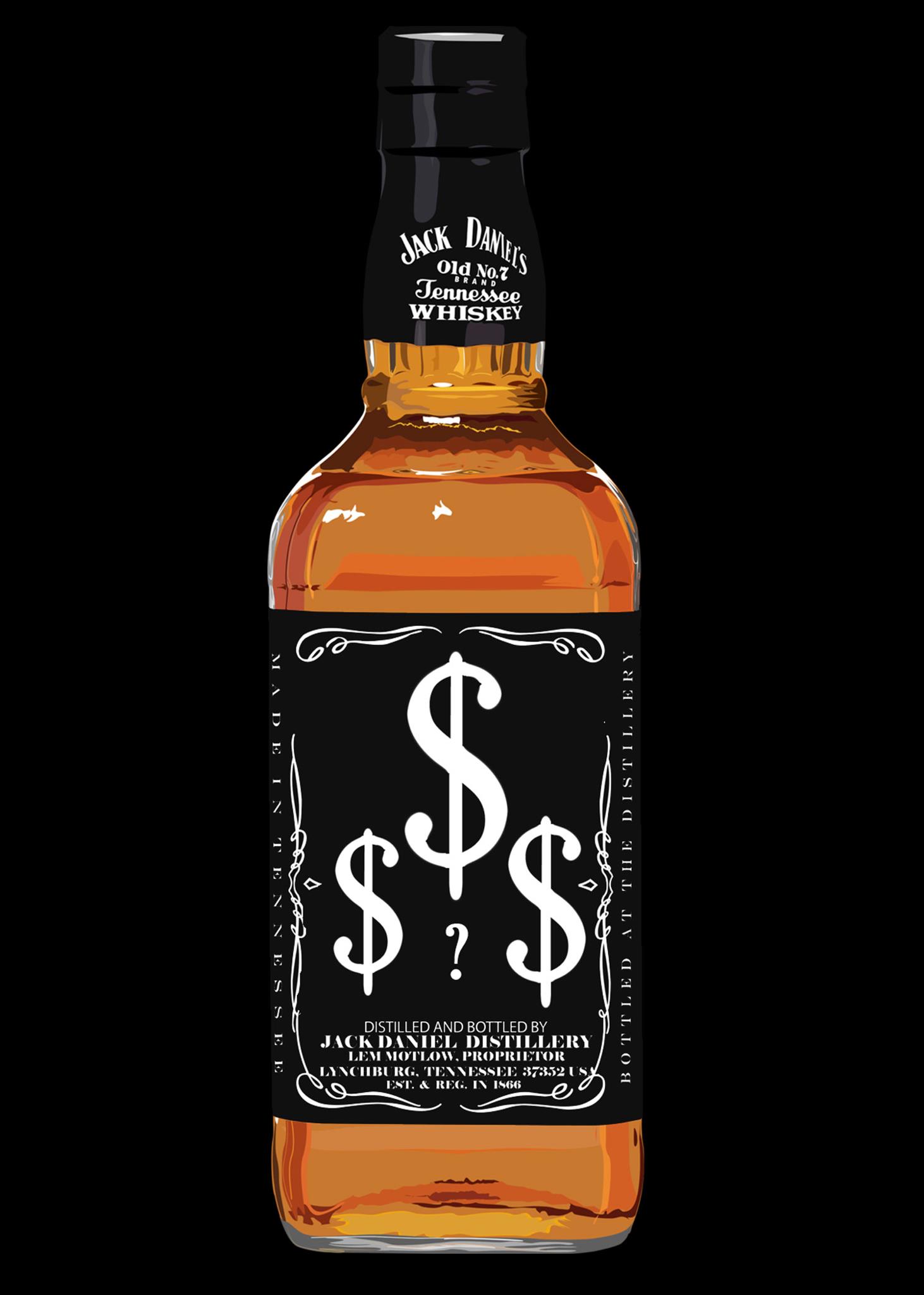
Recent research has shown that Sabai dining hall is now only 80 percent unknown meat, compared to 95 percent when it first opened.
“We are now fairly certain that 20 percent of our meat comes from chickens,” said Tom Lanely, the manager of Sabai. “Chickens are good, right?”
This change was due to the multiple complaints the university received from students who came down with food poisoning after eating Sabai. When the university asked to see the different ingredients in Sabai’s food choices, the dining hall was unable to come forth with anything substantial.
“We just get this plastic bag of meat and like, you can’t really tell what it is,” said Sabai worker Jane Hanson. “But hey, it’s just meat. How bad can it really be?”
Mad Cow Disease is how bad it can really be. One student, whose name the university did not wish to release, was secretly removed from the university after he was found chewing grass outside the Student Center. He was a frequent customer at Sabai.
Lanely was outraged at the accusations. “If we cause Mad Cow Disease then Baja must cause hopping borders syndrome or something like that,” he said. “This is ridiculous.”
The university continues to push Sabai to buy known meats, rather than allowing shipments of what appears to be a combination of chicken and beef, but is simply labeled “meats.”
The recent findings have done little to stifle the amount of customers Sabai receives.
“I love the place,” said freshmen Andrew Wilkins. “20 percent chicken is good enough for me.”


























